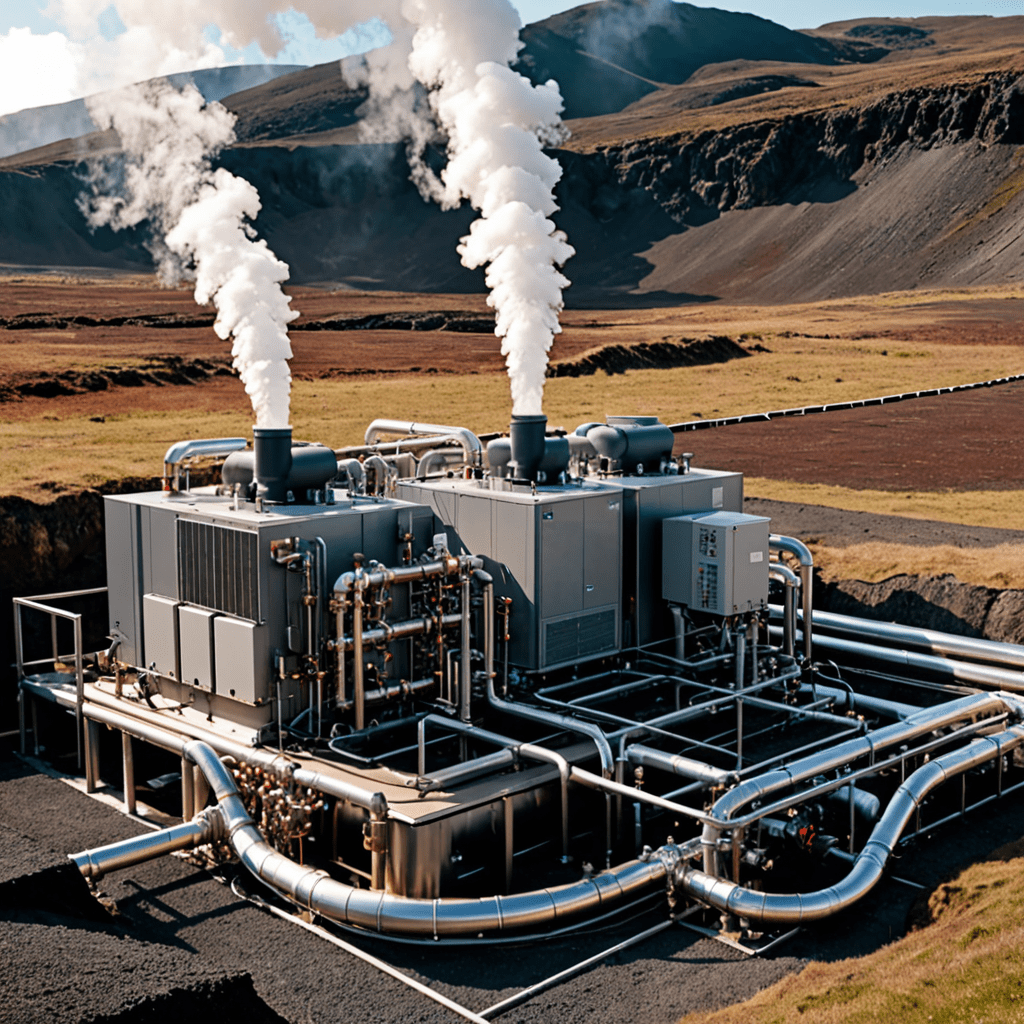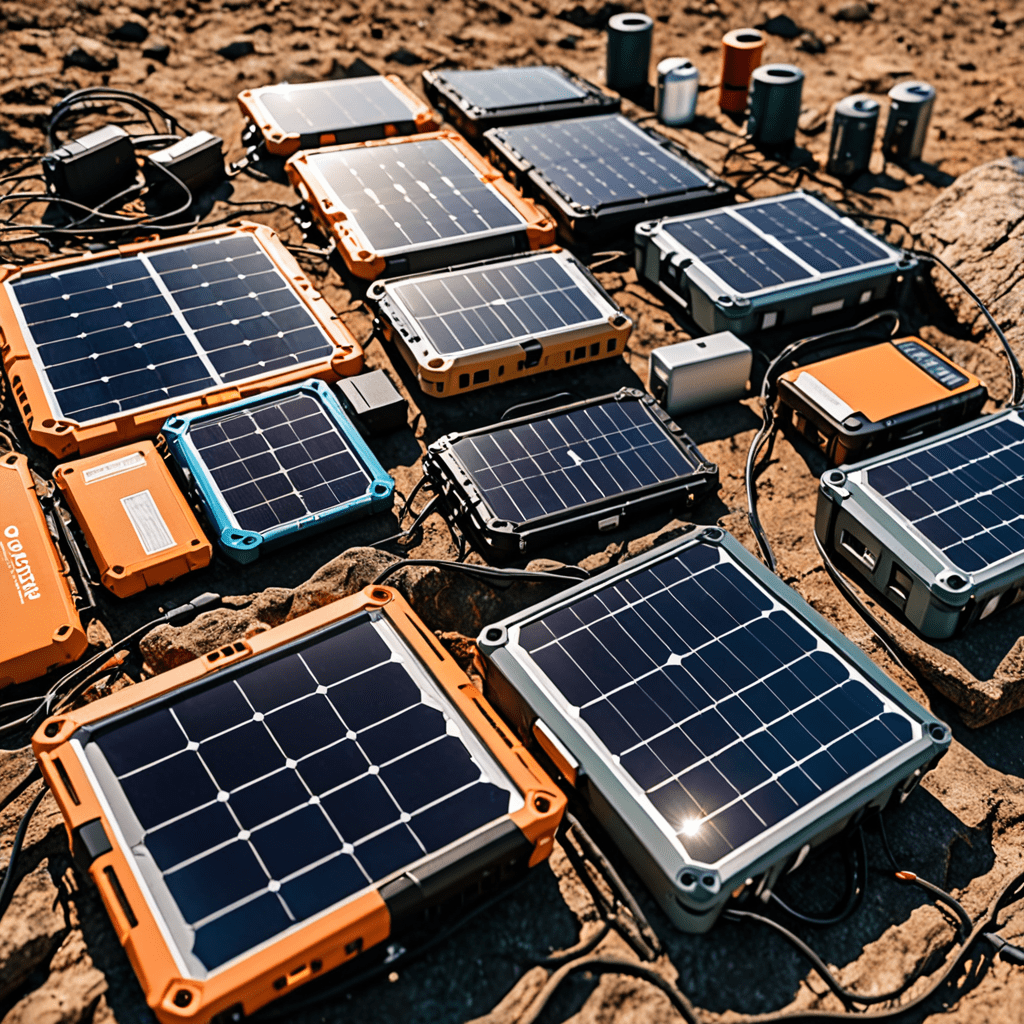
Geothermal Energy: Environmental Impact Assessments
Introduction to Geothermal Energy
Geothermal energy is a sustainable and renewable energy source that utilizes heat from the Earth’s core to generate electricity. It is considered a clean energy alternative to fossil fuels, contributing to reducing greenhouse gas emissions and combating climate change. In harnessing this energy source, it is essential to conduct thorough environmental impact assessments to ensure minimal adverse effects on the environment.
Importance of Environmental Impact Assessments
Environmental impact assessments (EIAs) are crucial in the development of geothermal energy projects to identify potential environmental effects and risks. By evaluating these impacts, stakeholders can make informed decisions to mitigate or avoid negative consequences on ecosystems, water resources, air quality, and biodiversity.
Key Components of an EIA for Geothermal Energy
An effective EIA for geothermal energy projects includes assessing factors such as land use, air and water quality, noise levels, seismic activity, and wildlife habitats. It also involves conducting surveys to identify sensitive areas and species that may be affected by geothermal development.
Methods of Assessment
Various methods are employed during environmental impact assessments for geothermal energy projects. These may include field surveys, data collection and analysis, predictive modeling, stakeholder consultations, risk assessments, and monitoring programs. These methods help in understanding the potential impacts and devising strategies for mitigation.
Minimizing Environmental Impact
To minimize the environmental impact of geothermal energy projects, developers can implement measures such as proper site selection, drilling techniques, wastewater management, noise abatement, and habitat restoration. By adhering to best practices and regulations, the industry can protect ecosystems and biodiversity.
Challenges and Solutions
Challenges in conducting environmental impact assessments for geothermal energy projects may include data limitations, regulatory complexities, and conflicting stakeholder interests. Solutions involve improved data collection methods, enhanced stakeholder engagement, adaptive management strategies, and transparent communication throughout the project lifecycle.
Conclusion
In conclusion, environmental impact assessments play a vital role in ensuring the sustainable development of geothermal energy projects. By considering the environmental implications and implementing appropriate mitigation measures, the geothermal industry can harness clean energy sources responsibly while preserving the Earth’s ecosystems for future generations.
FAQ about Geothermal Energy: Environmental Impact Assessments
What is a geothermal energy environmental impact assessment?
An environmental impact assessment for geothermal energy evaluates the potential environmental effects of harnessing geothermal power. It considers factors like water usage, emissions, land use, and impacts on local ecosystems.
Why are environmental impact assessments important for geothermal energy projects?
Environmental impact assessments help identify potential risks, minimize negative impacts on the environment, and ensure sustainable development of geothermal energy. They also aid in complying with regulations and securing permits for projects.
Who conducts environmental impact assessments for geothermal energy?
Environmental impact assessments for geothermal energy are typically conducted by a team of experts, including environmental scientists, engineers, geologists, and other specialists. These assessments are often required by regulatory bodies before project approval.
What are some common environmental considerations in geothermal energy assessments?
Some key environmental considerations in geothermal energy assessments include groundwater contamination, air quality impacts from emissions, noise pollution, land subsidence, and potential impacts on local flora and fauna.
How can the findings of environmental impact assessments be used in geothermal energy projects?
The findings of environmental impact assessments help developers design mitigation measures to minimize environmental harm. They also inform decision-making processes, public consultations, and long-term monitoring plans for sustainable geothermal energy operations.


